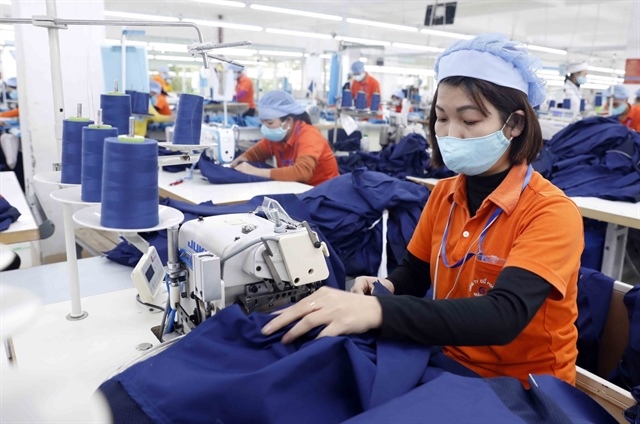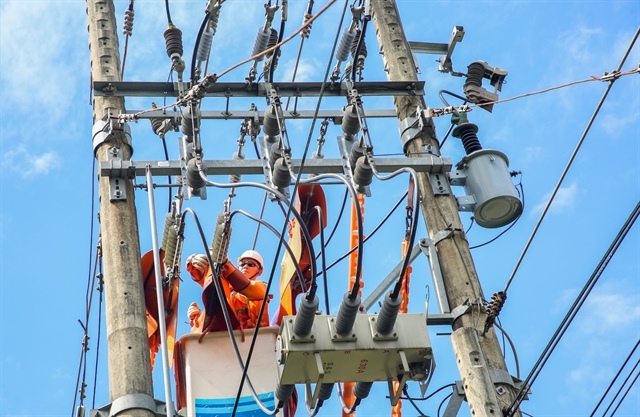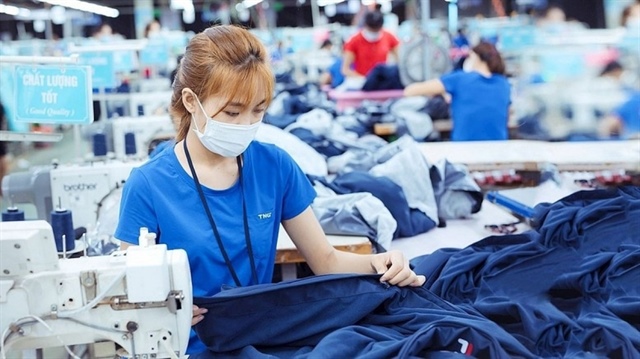Japanese technique barriers keep Vietnam’s shrimp away
Japanese technique barriers keep Vietnam’s shrimp away
A series of technical barriers have been installed by Japanese management agencies, which has given Vietnamese shrimp exporters a great deal of anxiety.

Japan has been applying overly stringent measures to control antibiotic residues in the shrimp imports from Vietnam, the barrier that keeps Vietnam’s products away from the market.
Vietnam has been making every effort to ensure the high quality of the shrimp exports to Japan, because it understands that Japan is the biggest export market. However, despite the great efforts, over the last three years, Vietnam’s shrimp products have been finding it very difficult to enter the Japanese market because of the technical barriers installed by the country’s management agencies.
Vietnam’s shrimp exports to Japan witnessed bright days in early 2010, when the export turnover obtained a 2-digit growth rate. The steady export growth continued until October 21, 2010, when Japan decided to examine 100 percent of shrimp imports to find if there is Trifluralin in the import consignments. This led to the sharp fall of the shrimp exports to the market
In order to improve the situation, Vietnamese exporters had to spend big money to control Trifluralin, a kind of substance derived from herbicide used to treat the shrimp diseases.
The efforts have helped raise the shrimp exports to Japan again. In January 2011, Vietnam’s shrimp exports to Japan increased by 15.6 percent in quantity and 23.5 percent in value in comparison with the same period of the last year. The figures were 6.1 percent and 6.3 percent in February.
However, trouble once again occurred, when the Enrofloxacin residues found in the shrimp exports to Japan were higher than the allowed level. As a result, the shrimp exports fell down again in the next consecutive months.
On June 9, 2011, Japan began taking examination on 100 percent of the shrimp consignments imported from Vietnam.
With the great efforts made by Vietnamese management agencies, seafood processing companies and farmers, the Enrofloxacin residues has become no longer a problem of shrimp exports to Japan.
However, this proved to be not the last barrier. On May 18, 2012, Japan unexpectedly examined 30 percent of the shrimp consignments sourced from Vietnam to find if there was Ethoxiquin.
The decision was made in the context of the steady 26-50 percent exports growth rates seen in the three consecutive months before. According to the Vietnam General Department of Customs, Vietnam’s shrimp export turnover to Japan in May 2012 increased by 27.8 percent, thus raising the total shrimp export turnover to the market in the first five months of the year to 216 million dollars, up by 27.8 percent over the same period of the last year.
What’s next?
Trifluralin, Enrofloxacin, and Ethoxyquin barriers all have been installed. What will be the next?
No one can give the answer to the question. Therefore, Vietnamese seafood processing companies and farmers have suffered from a great deal of anxiety.
The Vietnam Association of Seafood Exporters and Producers (VASEP) has urged government agencies to take actions to help resume shrimp exports to Japan.
In a dispatch sent to the Ministry of Agriculture and Rural Development (MARD), VASEP proposed to negotiate with the Japanese side to amend the regulations on the food hygiene standards required on Vietnam’s shrimp products.
According to VASEP’s Secretary General Truong Dinh Hoe, in 2011, Japan began strengthening the examination to find if there is Enrofloxacin in shrimp imports from Vietnam. Especially, the allowed Enrofloxacin residues level applied to Vietnamese products is 10 times lower than the level applied to the European market.
While Japan tightens the control of Ethoxyquin over the imports from Vietnam, it does not examine the substances in the shrimp imports sourced from Thailand and Indonesia. Meanwhile, VASEP believes that Ehtoxyquin is not the antibiotic which can harm people.
vietnamnet
























